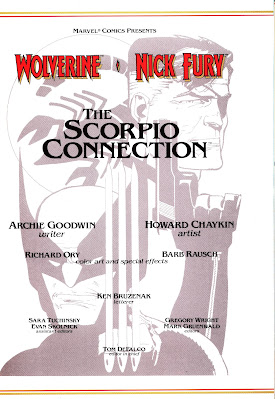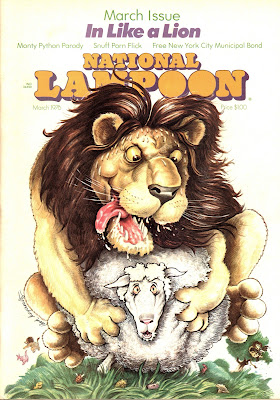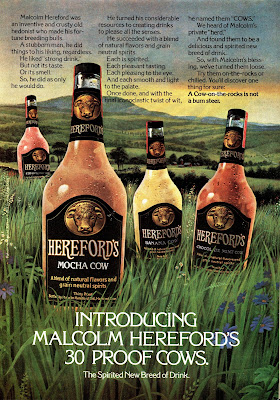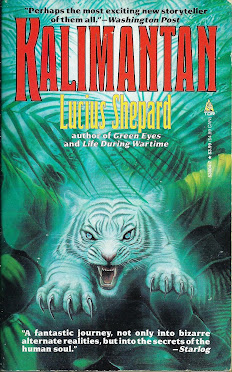Official Comic Book Adaptation
Saturday, January 27, 2024
Robocop 2 comic adaptation
Official Comic Book Adaptation
Monday, December 25, 2023
Book Review: The Mammoth Book of Folk Horror
Sunday, December 10, 2023
Night and the Enemy
Friday, November 24, 2023
Return to Second Story Books Warehouse
Friday, October 13, 2023
Book Review: The Shaft
at the PORPOR BOOKS BLOG !
Sunday, July 30, 2023
The end of Heavy Metal magazine
Over at Fred's HM Fan Blog, comes word that Heavy Metal magazine has ceased publication.
I haven't bought a copy of the magazine in over a decade. Fred's honest reviews of recent issues didn't give me a powerful reason to run out and spend $15 for the magazine. At the same time, I'm sad to see the magazine fold, as in its heyday it was a touchstone of sci-fi / Baby Boomer / stoner culture, an enterprise that revolutionized the presentation of graphic art and comics-based storytelling when it first appeared in April 1977.
For nostalgia's sake I opened up a copy of the August, 1980 issue and read, with some affection, Lou Stathis' pretentious review of 'Rok Muzick' recorded by the New Wave band The Residents; Steve Brown's scathing dissection of Robert Heinlein's turgid novel 'The Number of the Beast'; and Jay Kinney's overview of the comix scene. There are good pieces from Druillet ('Salammbo'), Bilal ('Progress'), and Ribera and Godard ('The Alchemist Supreme'). There's an interview with Moebius, in which he spouts all manner of bullshit, trying too hard to present himself as the eccentric (but visionary) comics artiste.
The minor one-page and third-page comics that were used to max the layout come across as silly, but sometimes interesting, little exercises in art and storytelling. They're part and parcel of a media package that did quite a lot for sci-fi fans back in the day. I'm skeptical that the floundering magazine market here in the U.S. will allow for any kind of resurrection of the magazine, but I know Fred will keep an eye out for any developments........
Friday, July 28, 2023
Book Review: Neq the Sword
Monday, May 29, 2023
Wolverine / Nick Fury The Scorpio Connection
by Archie Goodwin (story) and Howard Chaykin (art)
Marvel, 1989
Monday, March 27, 2023
National Lampoon March 1976
March 1976
It's March, 1976, and the number-one song on the Billboard Hot 100 is 'December 1963 (Oh What A Night)' by the Four Seasons, and the latest issue of National Lampoon is on the stands.





















































































